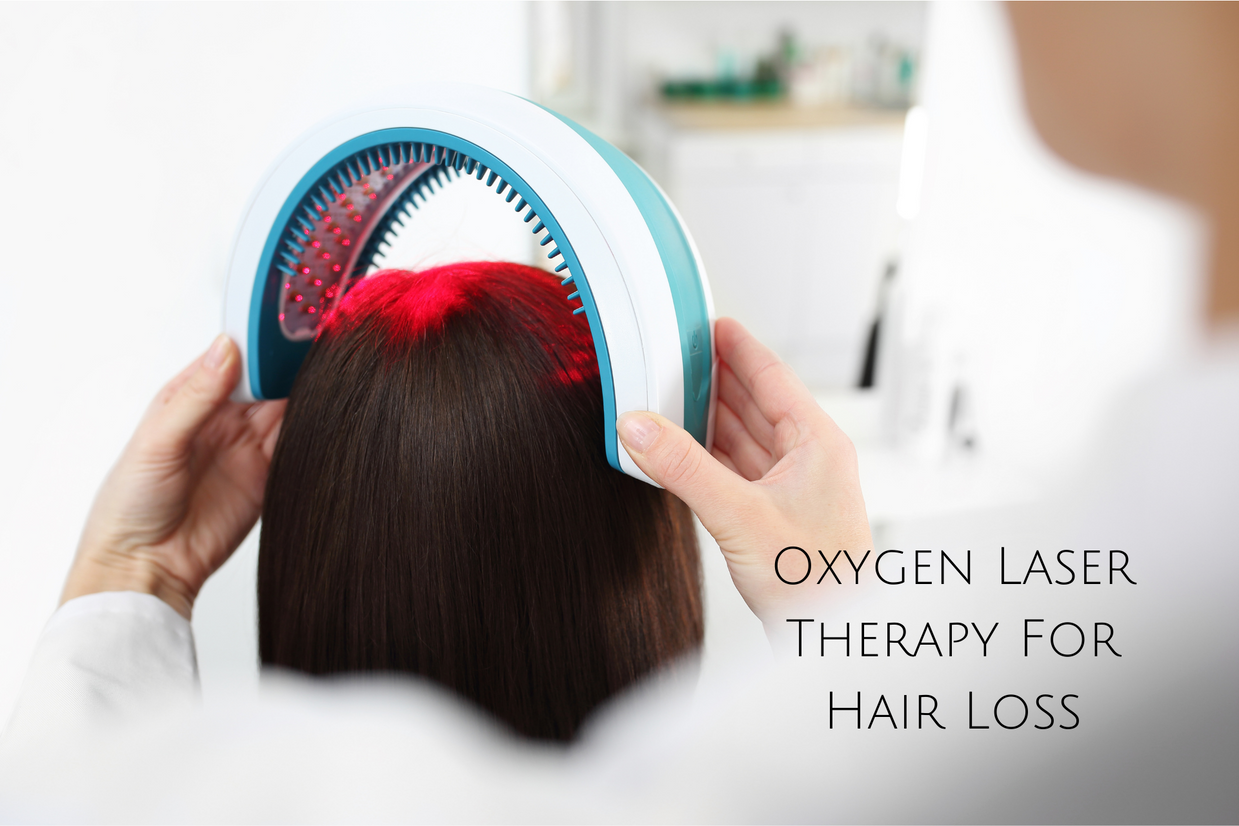Oxygen Laser Therapy For Hair Loss
Facing hair loss issues? The innovative oxygen laser treatment can rejuvenate hair and scalp resulting in hair loss prevention.
Body
A few hair strands fall off during your day while doing your hair is fine. However, when you begin to see hair all over, does it make you feel stressed?
Hair problems such as excessive hair fall and damaged or lustreless hair are often disturbing. You often notice more hair falling after a hair wash or after combing, hair falling on the pillows after you awake, hair blocking the drain, and when the scalp begins to show and the hair follicles appear unable to cover the scalp. Difficulties with hair combing characterize deterioration problems in hair quality. This is when hair gets caught within the teeth of your comb, becomes frizzier after washing, doesn't grow properly, and when hair follicles fall short and aren't growing. These are all common signs and are visible throughout the day.
Retaining hair can improve confidence in people's overall appearance. Laser therapy might be an alternative if you're struggling with hair loss or hair thinning and scalp issues. Laser therapy is regarded as safe, efficient, reliable, tolerable, and less pervasive than hair transplant surgery.
What is Hair Fall?
Hair fall, also referred to as alopecia or baldness, is used to describe hair loss from any area of the body or head. Everybody loses hair each day, and however, losing more hair could cause bald spots to form on the man's head. There is hair loss in the upper part of the head for women. Hair fall isn't a life-threatening condition. However, it could affect one's self-confidence by changing how one appears. Women, men, and even children may experience hair loss. The condition is usually the result of hormonal changes in genetics or from certain medications. Loss of hair due to genetic causes is the most frequent cause of hair loss.
What are the Causes of Hair Fall?
If you've noticed that your hair is falling out more than usual, appears to be thinner, or grows less, here are some of the most frequent causes of hair loss in both men and women.
- Stress
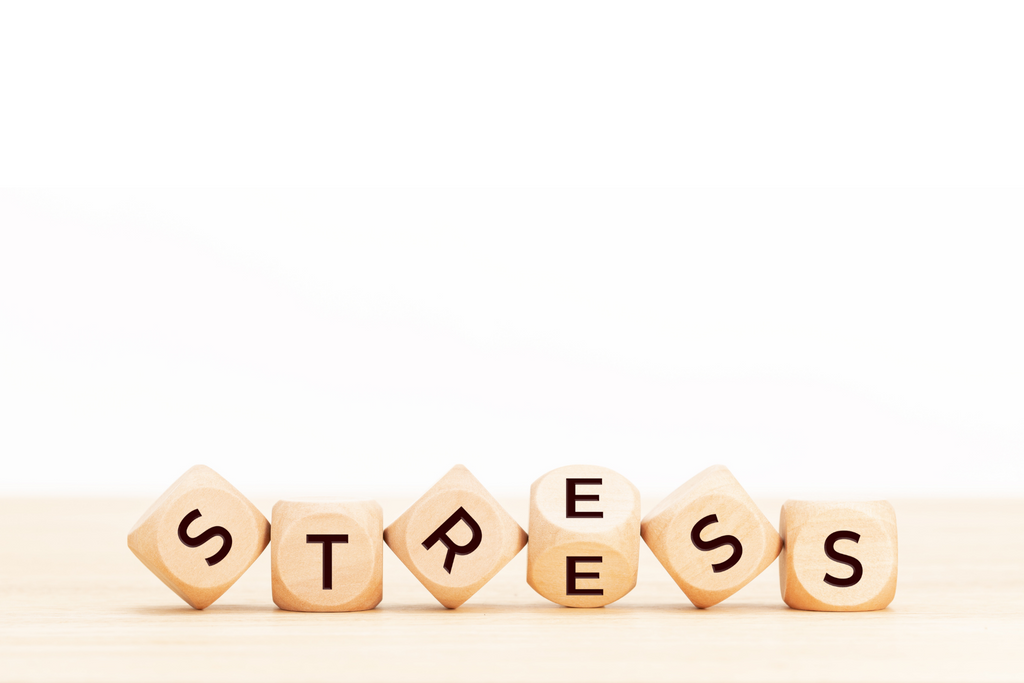
Stress with any mishap that you've experienced in life, such as the death of a close one, divorce, or job loss, could result in a significant loss of hair. Many of your hair can fall out when you brush or wash it. Stress can also motivate people to pull hairs out of their head or eyebrows and other areas. It's known as trichotillomania. It's a method of easing tension, anger, and other unpleasant emotions. Meditation, yoga, and talk therapy could be beneficial to manage anxiety and stress.
- Shampoos
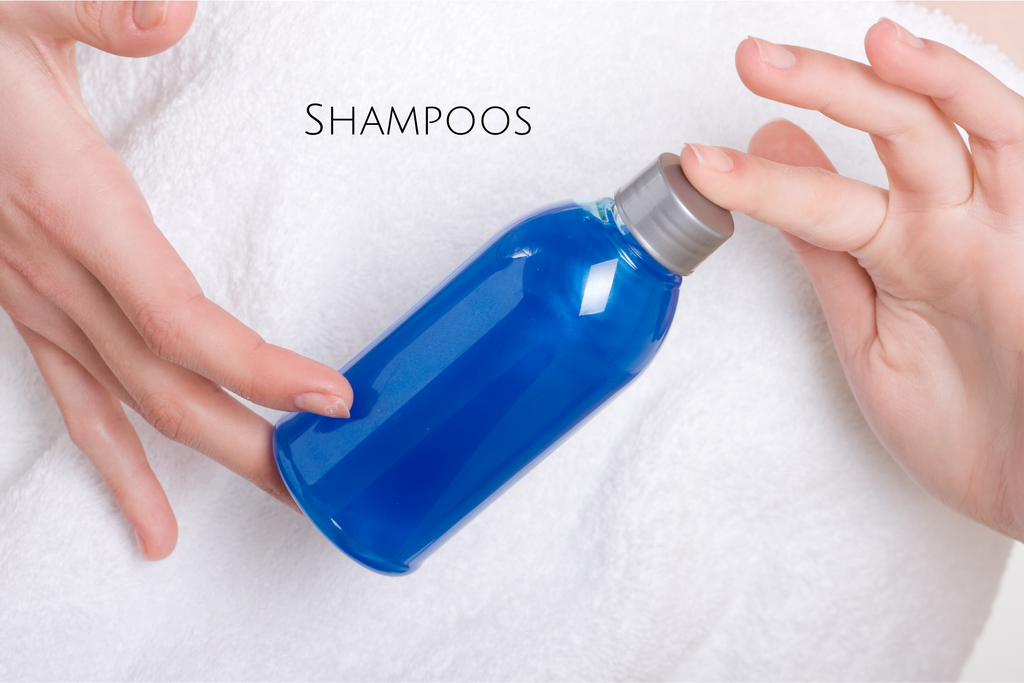
It is essential to wash your hair regularly to look good; however, selecting the appropriate shampoo is equally important. Shampoos loaded with chemical residues regularly can take away that protective sebum layer (oil) from hair strands. The hair shaft is prone to become dry and more susceptible to friction, leading to hair loss and fall. Thus, it is suggested to apply mild shampoos.
- Dandruff or scalp psoriasis

If the skin on your scalp is itchy and inflamed, it's easy to scratch it. But this could result in your hair shedding more frequently than normal. Dandruff is the easiest treated hair loss cause because it is treatable using over-the-counter remedies, such as shampoos containing zinc pyrithione or other exfoliating ingredients.
- A Dramatic Weight Loss

A sudden weight loss can be an emotional shock regardless of whether it is planned. It doesn't matter if the weight loss was planned; one should be careful when reducing the food consumption or when it is unplanned, one adopts unhealthy eating habits that trigger hair loss. The best way to prevent hair loss is to eat a healthy diet and drink enough water since these are the main hair-building components. So, make sure you eat a balanced and healthy diet and drink plenty of water.
- Eating Habits

Vitamin deficiencies are the top causes of hair loss. Insufficient levels of vitamin B and a lack of essential nutrients are typical causes of hair loss. This happens when you take an unhealthy diet deficient in nutrients. One of the best ways to deal with the hair fall issue is to avoid foods that can cause hair loss and rather eat nutritious food like lean protein and abundant fruit and veggies.
- Heredity
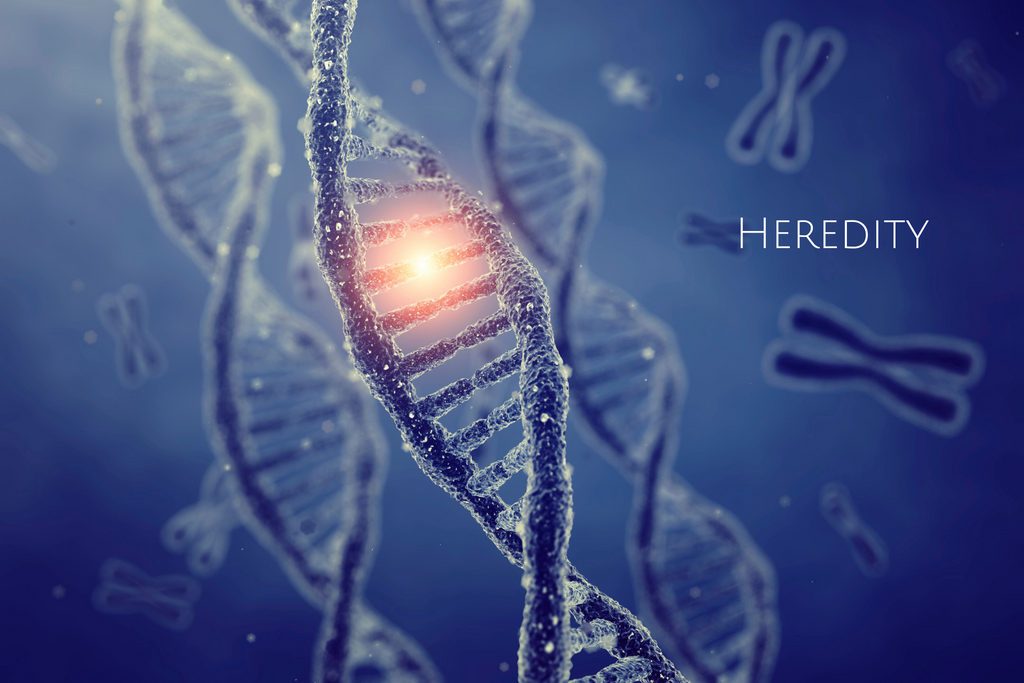
A significant cause is that genetic variations can cause hair loss. Hair loss that is pattern-specific can be inherited in both women and men. Multiple genes cause hair loss. This is why we believe that hair loss is a common trait in families.
- Treatment for cancer

Suppose you are receiving chemotherapy or radiation treatment to your neck or head. You may lose all or the majority of your hair within a couple of weeks of beginning treatment.
- Age
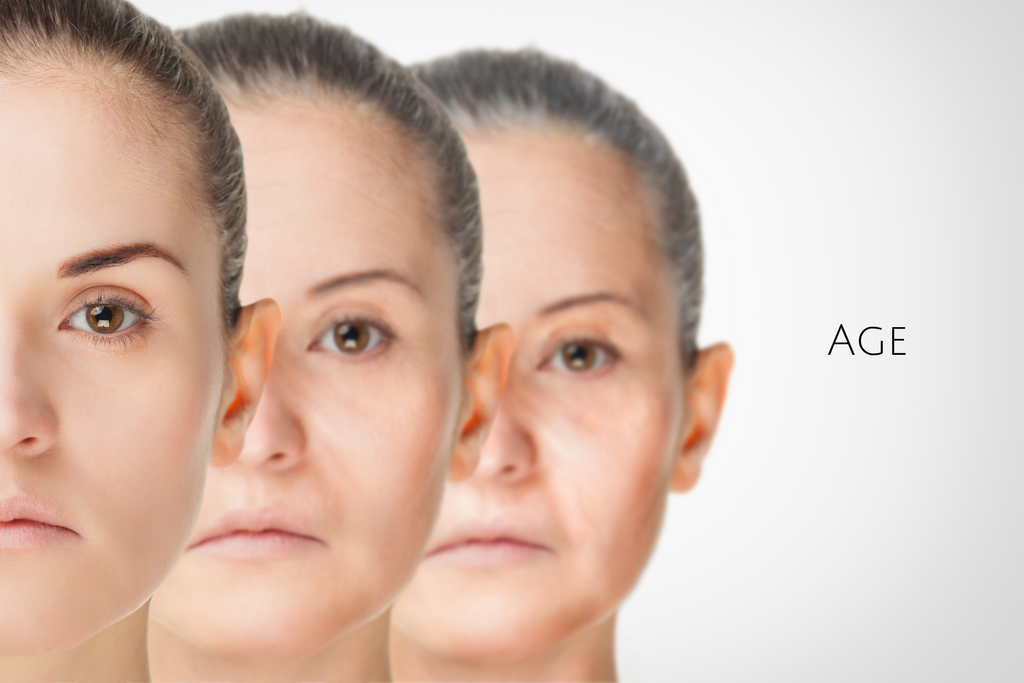
Over time, people begin to notice a loss in hair because hair growth gets slower. At certain points, hair follicles stop producing hair which causes your hair scalps to become thin. Hair also loses its hue, and the hairline of women naturally begins to recede.
- Illness
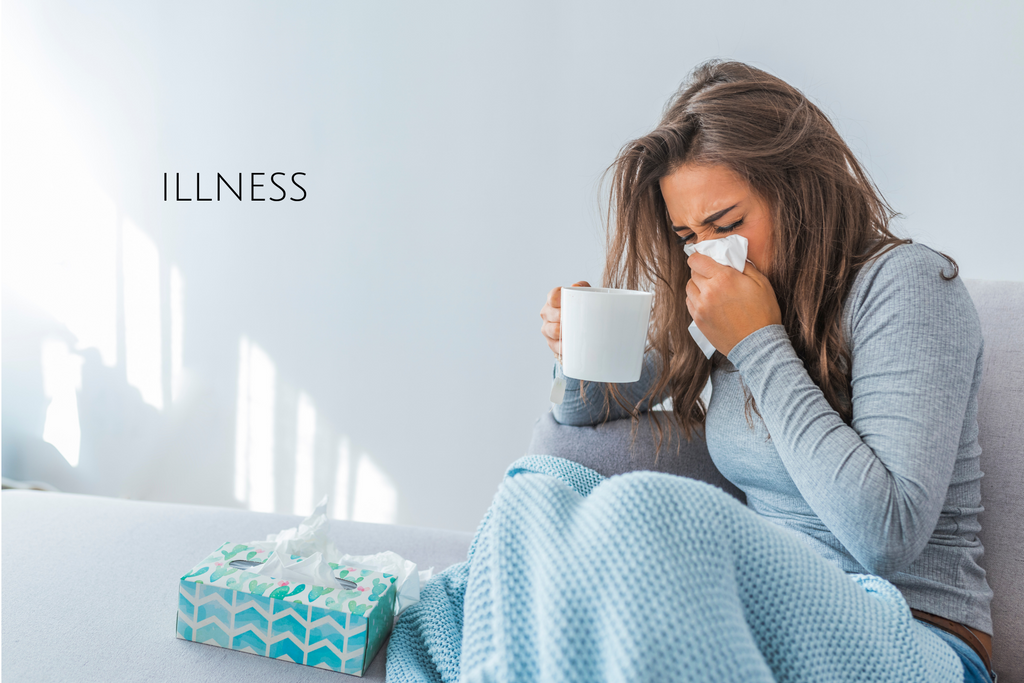
You may have heard that hair loss is severe after you suffer an illness. This is because illnesses like flu and high fever or even major surgery can cause stress, which affects the normal function of the cycle of hair growth and causes loss of hair. Hair loss caused by illness is not permanent and is addressed by treating the root cause for the illness.
Treatment For Hair Loss
If you're losing hair, the correct treatment will help keep your hair healthy as you get older and stop men's hair loss pattern from negatively impacting your appearance. Laser treatment for hair loss, also known as Low-level Laser Therapy, has gained significant popularity over the past ten years. This hair loss treatment uses laser light to boost blood flow resulting in hair growth. Although the research behind this treatment is promising, many methods for treating hair loss with lasers are in their beginning stages.
What Is Low-Level Laser Treatment for Hair Loss?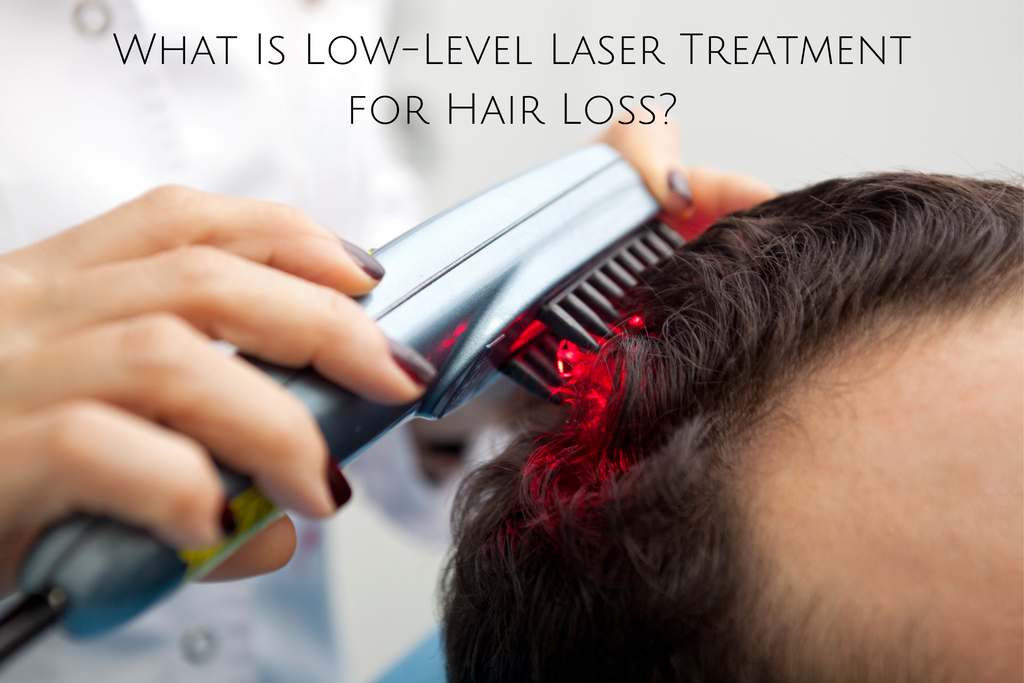
LLLT is a new non-surgical treatment for hair loss that uses laser light to boost cell growth and increase the size of hair follicles. The hair treatment is also called red light or cold laser therapy. The procedure involves photon radiation that enters the scalp's tissues and helps strengthen weak cells and promote healthy hair growth. This procedure is very popular for treating hair loss as well as receding hairlines. It's safer, less invasive than hair transplant surgery, and a good choice for patients.
Lower-level laser therapy involves low doses that stimulate circulation and hair follicles' growth on the scalp. It aids in preventing hair loss and increases the appearance and volume of hair. The treatment is non-invasive and does not have any known adverse consequences. It is used mostly to treat androgenetic hair loss, more commonly known as female or male pattern baldness.
Androgenetic Alopecia is the most frequent cause of hair loss for both women and men. It is a genetic condition that causes hair follicles to shrink and go dormant, eventually stopping hair growth completely. LLLT is also utilized to treat other types of hair loss and alopecia caused by chemotherapy or extreme hair loss, which can happen to pregnant women or those going through menopause. Therefore, the results of LLLT have shown to be much more beneficial than the medications in the short term.
How does LLLT Work?
The laser light used in LLLT creates a specific wavelength with a unique capacity to be attracted by the molecules in hair follicles. The light assists in shifting hair follicles to the growth phase in various ways. If it gets into the hair shaft, it triggers the stem cells involved in the growth of hair follicles, thereby encouraging hair growth. Additionally, it increases your production of ATP and the cells' metabolism process to speed up hair growth.
The light increases blood flow to the region targeted by the scalp, thereby increasing the supply of oxygen and nutrients to hair follicles. This, in turn, causes hair to grow with greater diameter and length, resulting in thicker hair shafts and fuller and more attractive overall.
Low-level laser therapy leads to an increase in blood flow into the scalp. It stimulates the metabolism in hair follicles in the telogen or catagen phase. This stimulation allows hair follicles to enter the phase of anagen. It triggers or awakes dormant follicles to produce hair.
How is LLLT beneficial?
Low-level laser therapy can have healing properties, assisting tissues in regenerating, reducing inflammation, and helping to fight discomfort. It also increases the level of the immune system, which can speed up recovery. It can treat orthopedic and rheumatic ailments for those who train regularly and those suffering from skin issues or have had an injury such as a stroke. The therapy can help heal wounds faster and aids athletes in recovering quickly from injuries.
It is an ideal treatment for chronic pain. It's a popular treatment option for musculoskeletal discomfort and can reduce the chance of suffering from disabilities caused by chronic pain. In the event of injury and pain, it may relieve and speed up the recovery process. Another significant benefit is that it allows the body to heal naturally without medication. Therefore, if you're allergic or sensitive to a particular drug, you may turn to LLLT as a secure, effective, and natural alternative (stimulate your healing processes). However, the medication for pain can have adverse side consequences and lead to dependence.
LLLT can lower the amount of pro-inflammatory enzymes, thereby aiding in treating inflammation and pain. Dentists use this cold-laser treatment to heal ailments in the oral tissue and heal wounds. The cold laser can be beneficial in treating skin and skin conditions such as burns, psoriasis, and acne. Further, it can also address wounds that heal with difficulty, which happens when you have diabetes.
Oxygen laser therapy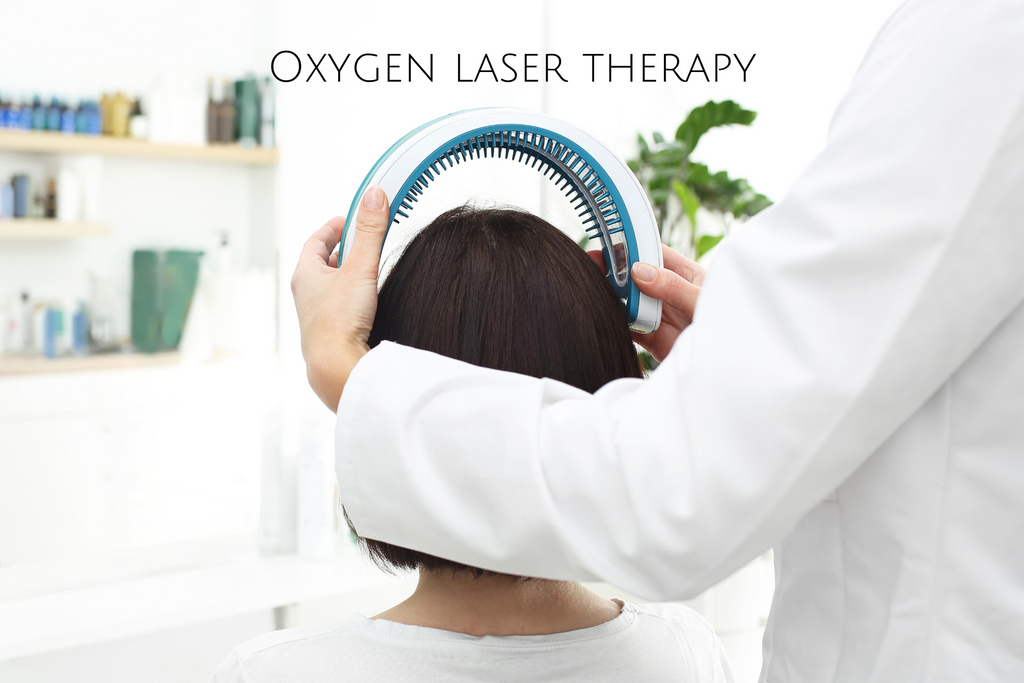
Hair may become weak or severely damaged due to changing seasons or extreme haircutting treatments, which causes hair to break down, become fragile, and fall out more frequently. If these signs are evident, it's essential to get a good treatment for hair before they become worse. In this respect, oxygen laser therapy has a growing demand due to its benefits for hair growth.
Oxygen laser therapy for hair loss treatment is an innovative treatment increasingly used to rejuvenate hair and scalp, using oxygen with 99 percent purity and the capacity to hydrate and revitalize hair and scalp deeply. It is a highly suggested treatment, particularly for those with damaged or weak hair due to harsh treatments. The technique uses the antioxidant and regenerative properties of oxygen, which help in hydrating and nourishing hair to ensure restored strength, elasticity, and shine.
How does it work?
It is a non-surgical hair fall treatment that uses a medical-grade laser composed of therapeutic and soft low-light laser levels. It operates by sending light through the laser diodes placed on the head. It is based on the principle of photo biostimulation. Laser light stimulates the metabolism of the tissue cells that make up the hair roots, designed to lead to healthy growth, less hair fall, and an increase in the size of the scalp pores. This helps hair cells regenerate and repair themselves.
Oxygen laser therapy operates with a device that allows the infrared laser to penetrate deep into the scalp's skin. The skin is heated, and the capillary vessels are distorted. This stimulates brain circulation, and the blood can bring in the required nutrients that replenish the strands more quickly. This allows the pores to become more open, and the amount of oxygen in the blood increases.
How does oxygen help with hair growth?
Oxygen supplies the energy required for hair growth. In the absence of sufficient oxygen, it could make us irritated. It is noteworthy that our skin absorbs oxygen like a sponge and even our hair. Thus, breathing in oxygen-rich air is crucial since oxygen helps to energize and rejuvenate our body and mind, stopping the degeneration of cells. It further aids with cell regeneration and improves how your hair and skin look.
Naturally, it helps in hair growth in the following ways.
- Revitalizes weak and damaged hair
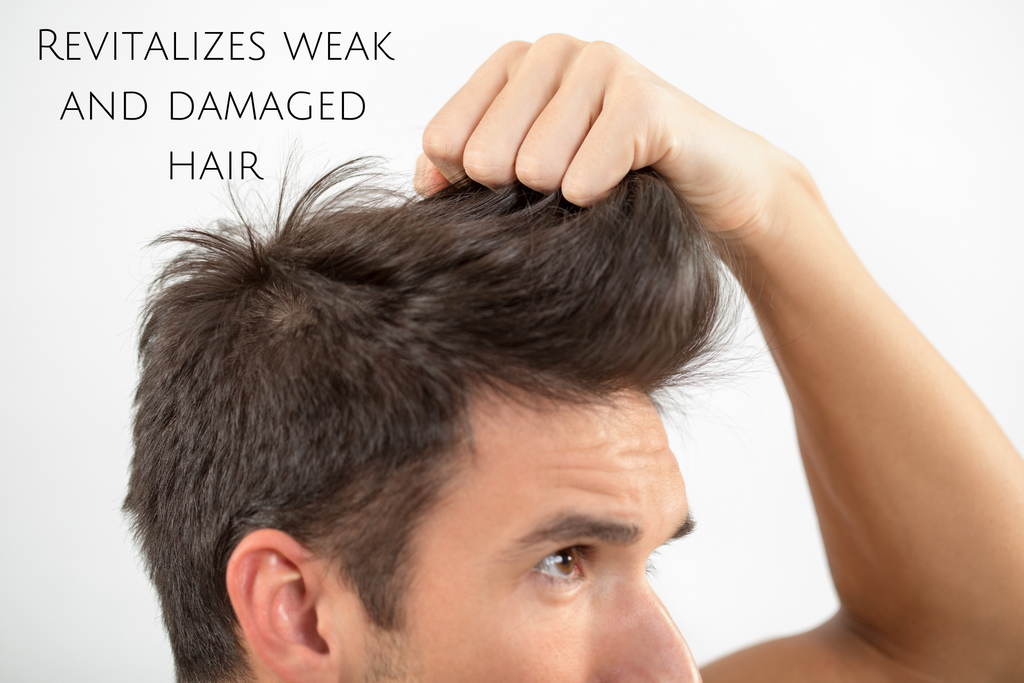
Hair contains cells, and each cell needs oxygen to live, so it is vital to ensure a proper oxygen supply to the hair so that the cells responsible for hair growth remain rejuvenated. In this way, oxygen can treat the hair from the inside out, revitalizing and rejuvenating the dead cells. This aids weak and damaged hair to get stronger over time.
-
It can help to clean out hair dandruff.

In terms of hair problems, dandruff could be the most annoying one right after hair loss. Dandruff isn't necessarily harmful, but it's a persistent disorder that develops when the scalp becomes dry or greasy. This may result in the appearance of dead skin. You can avoid this problem by ensuring that your hair receives enough oxygen. This helps to regulate the release of sebaceous glands, aiding in eliminating dandruff.
- Reduces hair loss
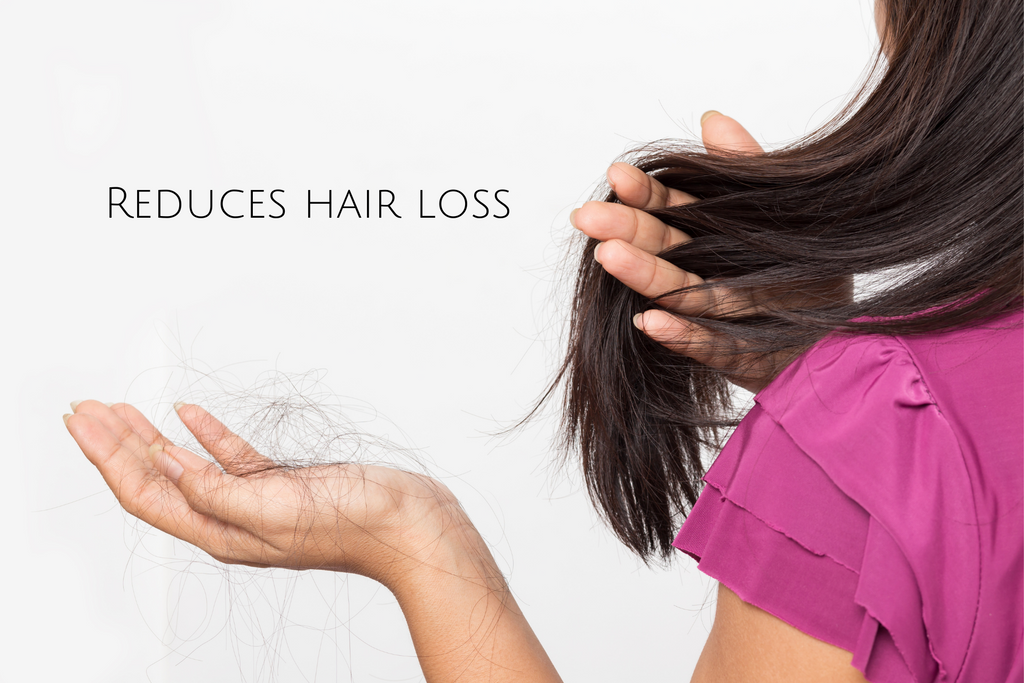
Hair is the second-fastest developing tissue in the human body. Dermal papilla cells present in the hair are responsible for hair growth and, therefore, the most crucial component in the hair follicle. Dermal papilla cells need to be in close contact with blood capillaries as the papillae are where the hair follicles of the future cells are made. Thus, the cells require an abundance of oxygen and nutrients from the blood. With plenty of oxygen supply to your hair, you can avoid the chance of losing hair.
-
Help to improve the health of treated hair.

Providing hair with constant oxygen will aid in cleaning and nourishing the hair, creating conditions that result in healthier and stronger hair. It prepares a path for hair to enjoy a natural revival by encouraging growth and reviving the damaged hair through treatments like bleaching, dyes, perms, and dyes.
Conclusion
You can give your hair renewal with a hair oxygen treatment. The procedure offers the hair with the required oxygen. The top of your scalp is often the toughest location to ensure regular blood flow, meaning that hair follicles may be damaged and result in unhealthy hair. However, with the help of hair oxygen laser therapy, infuse your hair cells with oxygen and supply them with the exact nutrients it requires to rejuvenate and promote the growth of your hair naturally. Oxygen laser therapy will take between 40 and 45 minutes, and the amount of treatments will be determined by your cosmetic physician following an inspection of your hair and scalp health.
Recent Posts
-
Top 10 Parasite Cleanse Die-Off Symptoms: What to Expect and How to Manage Them
Understanding Die-Off Symptoms Parasite cleansing involves using natural or medicinal methods to eli
-
Unlocking Your Body’s Healing Potential: The Role of Stemregen in Anti-Aging
In today’s pursuit of longevity and youthful vitality, anti-aging solutions are rapidly evolving, wi
-
Water Memory: The Quantum Perspective on Why Water is More Than H₂O
Water is everywhere—covering over 70% of the Earth’s surface, coursing through our bodies, and essen

